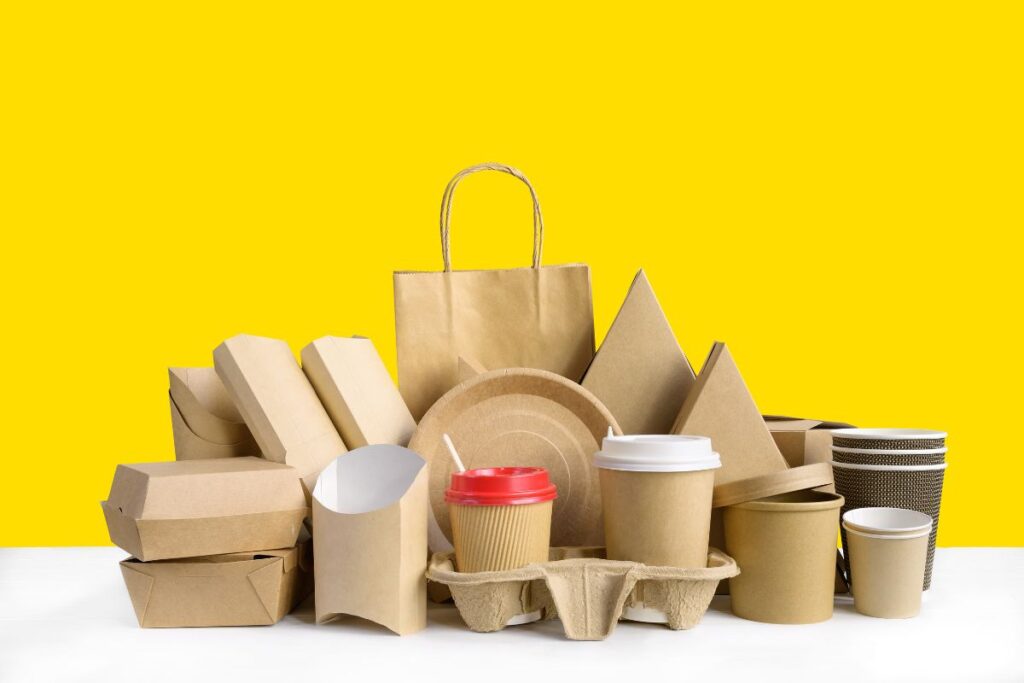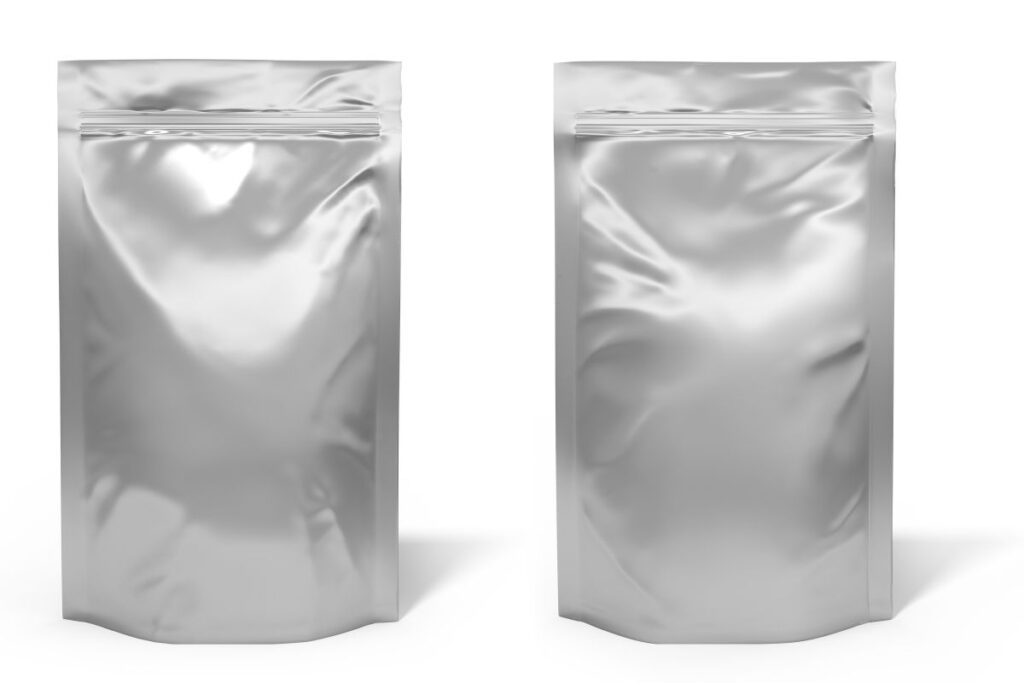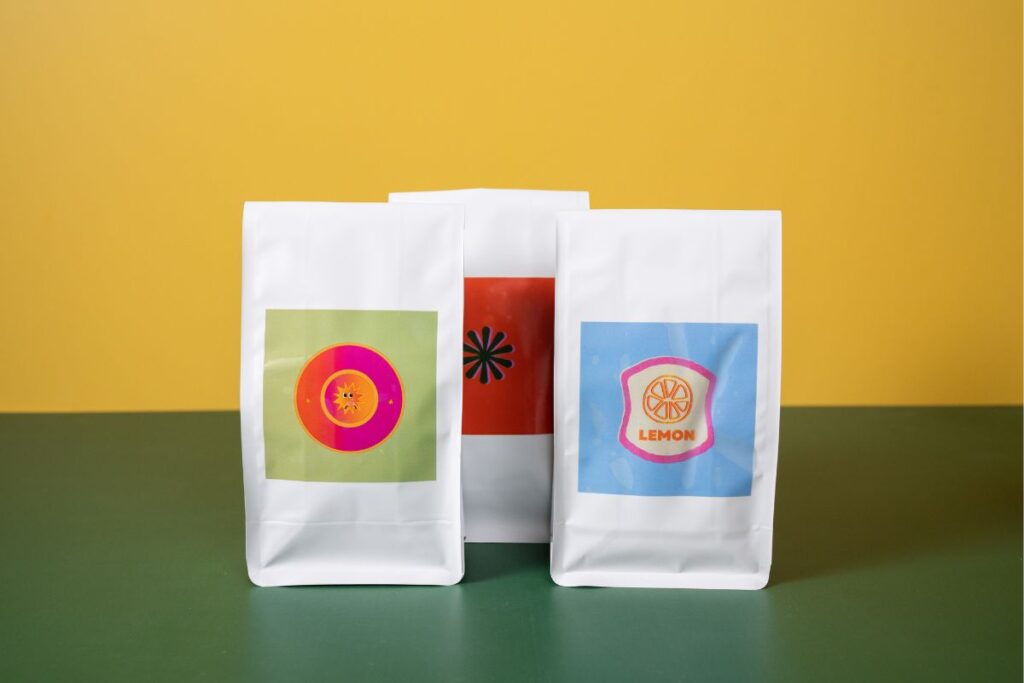Food packaging materials are critical to the modern food industry. They protect and preserve food products during storage, transportation, and retail, helping maintain freshness, prevent contamination, and extend shelf life. As consumer demand grows and global supply chains become more complex, the importance of these materials increases dramatically. In addition to their primary function of ensuring food safety, packaging materials also play a pivotal role in branding, marketing, and reducing food waste.
In recent years, research has highlighted the delicate balance between cost, safety, and sustainability. While traditional materials like plastic have long dominated the market due to their lightweight and versatile nature, environmental concerns—especially those related to plastic waste—have spurred a shift toward more sustainable options. This article explores the various food packaging materials available today, examining their benefits, drawbacks, and the ongoing debate surrounding sustainable practices in the industry.
What Are Food Packaging Materials?
Food packaging materials are substances used to encase and protect food products. Their primary purpose is to prevent physical, chemical, and biological contamination during handling and storage. By maintaining an optimal environment, these materials help preserve the quality and safety of food, ensuring that consumers receive products in the best possible condition.
Packaging also serves secondary functions:
- Branding and Marketing: Attractive packaging can enhance the product’s appeal and convey information about the brand.
- Convenience: Packaging materials are designed to be easy to use, store, and transport.
- Sustainability: With increasing awareness about environmental impacts, the recyclability and biodegradability of packaging materials have become important factors in material selection.
Types and Benefits of Food Packaging Materials
Research categorizes food packaging materials into several common types, each with unique benefits and drawbacks. The main types include plastic, paper/cardboard, metal, glass, and bioplastics. Below is an in-depth look at each type:
1. Plastic
Plastics are among the most widely used materials in food packaging due to their versatility and cost-effectiveness. Common types of plastics include PET (polyethylene terephthalate), HDPE (high-density polyethylene), and PVC (polyvinyl chloride).
Benefits:
- Lightweight and Versatile: Plastics are easy to mold into various shapes and sizes, making them ideal for bottles, films, and trays.
- Cost-Effective: Their low production cost makes them suitable for mass-produced items.
- Good Barrier Properties: Certain plastics provide effective barriers against moisture and oxygen, which helps extend shelf life.
Drawbacks:
- Environmental Impact: Single-use plastics contribute to waste and pollution. Their non-biodegradable nature remains a significant environmental concern.
- Recycling Challenges: While many plastics can be recycled, improper disposal and mixed materials often hinder effective recycling.
2. Paper and Cardboard
Paper-based packaging is popular for its biodegradability and excellent printing surface, making it ideal for branding.
Benefits:
- Biodegradable and Recyclable: Paper and cardboard are environmentally friendly, with lower impacts on ecosystems when disposed of correctly.
- Good for Branding: High-quality printing can transform simple packaging into an attractive marketing tool.
- Lightweight: Reduces transportation costs and fuel consumption.
Drawbacks:
- Limited Barrier Properties: Paper is less effective against moisture and grease unless treated or coated.
- Durability Issues: Not ideal for packaging liquid products or items requiring extended protection against external elements.

3. Metal
Metals, primarily aluminum and tin, are extensively used in packaging, particularly for canned foods.
Benefits:
- Durability: Metals provide robust protection, are resistant to physical damage, and can withstand high pressures.
- Recyclability: Metal packaging is highly recyclable, often maintaining quality through multiple recycling cycles.
- Preservation of Food Quality: Metal cans protect food from light and oxygen, extending shelf life.
Drawbacks:
- Weight and Cost: Metal packaging is heavier and generally more expensive to produce and transport compared to plastic or paper.
- Energy Intensive: The manufacturing process for metals can be highly energy-intensive, contributing to a higher carbon footprint.
4. Glass
Glass is a premium packaging material known for its inert properties.
Benefits:
- Inert and Safe: Glass does not leach chemicals into food, making it ideal for products requiring high safety standards.
- Reusable and Recyclable: Glass can be recycled indefinitely without a loss in quality and can also be reused multiple times.
- High-End Appeal: Often used for premium products due to its aesthetic appeal.
Drawbacks:
- Fragility: Glass is prone to breakage, making it less practical for certain applications, especially in transport.
- High Energy Consumption: The production and recycling of glass require significant energy inputs.
5. Bioplastics
Bioplastics represent a new and rapidly growing segment of food packaging materials. Derived from renewable resources such as corn starch or sugarcane, they are designed to offer the benefits of traditional plastics while reducing environmental impact.
Benefits:
- Eco-Friendly: Bioplastics are often compostable and have a lower carbon footprint than conventional plastics.
- Renewable Sources: They are made from renewable feedstocks, reducing reliance on fossil fuels.
- Innovative Applications: Suitable for various packaging forms, including films and rigid containers.
Drawbacks:
- Cost: Currently, bioplastics tend to be more expensive than traditional plastics.
- Performance Issues: In some cases, bioplastics may not yet match the durability and barrier properties of conventional materials.
- Infrastructure Challenges: Effective composting and recycling facilities for bioplastics are not yet widespread.

Flexible Films in the Food Packaging Industry
Flexible films have emerged as a game-changer in the food packaging industry, offering versatility, efficiency, and enhanced protection for a wide range of products. Unlike rigid packaging like glass or metal cans, flexible films adapt to various shapes and sizes, making them a preferred choice for modern food packaging needs. These films, often made from plastics, bioplastics, or composite materials, are lightweight, cost-efficient, and customizable, aligning with the evolving demands of producers and consumers alike.
Flexible films for food packaging are particularly valued for their ability to extend shelf life, reduce waste, and optimize storage and transportation. As the food industry continues to prioritize convenience and sustainability, understanding the types and benefits of these films is essential for businesses aiming to stay competitive. Below, we explore the main types of flexible films used in food packaging and their specific advantages.
Flexible films come in various forms, each tailored to specific food products and packaging requirements. Here are the most common types, along with their applications and characteristics:
1- Polyethylene (PE) Films
Polyethylene is the most widely used flexible film in food packaging, available in low-density (LDPE) and high-density (HDPE) variants. LDPE is soft and flexible, while HDPE is stronger and more rigid.
Applications: Used for bags, wraps, and pouches for products like frozen foods, snacks, and fresh produce.
Benefits:
- Excellent Moisture Barrier: Keeps food fresh by preventing water ingress, ideal for items like meats and vegetables.
- Cost-Effective: Affordable production makes it suitable for large-scale use.
- Versatility: Easily molded into different shapes and thicknesses.
Drawbacks:
Limited oxygen barrier properties unless combined with other materials; environmental concerns due to its plastic nature.
2- Polypropylene (PP) Films
Polypropylene films are known for their clarity, strength, and heat resistance, available as oriented (OPP) or cast (CPP) films.
Applications: Commonly used for candy wrappers, snack packaging, and microwaveable food pouches.
Benefits:
- High Clarity: Enhances product visibility, boosting marketing appeal.
- Heat Resistance: Suitable for hot-fill or retort processes, ensuring safety for cooked foods.
- Strong Barrier Properties: Protects against moisture and gases, extending shelf life.
Drawbacks: Less flexible than PE; recycling can be complex if laminated with other materials.
3- Polyester (PET) Films
Polyester, specifically polyethylene terephthalate (PET), is a durable, transparent film often used in multilayer structures.
Applications: Ideal for vacuum-sealed bags, lidding films, and packaging for dairy or baked goods.
Benefits:
- Superior Strength: Resists punctures and tears, protecting delicate items.
- Excellent Gas Barrier: Prevents oxygen penetration, crucial for perishable foods like cheese or meats.
- Printable Surface: Supports high-quality branding and labeling.
Drawbacks: Higher cost compared to PE; requires specialized recycling processes.
3- Foil-Based Films (Aluminum)
These films incorporate a thin layer of aluminum, often laminated with plastic, to enhance barrier properties.
Applications: Used for coffee pouches, snack bags, and pharmaceutical blister packs.
Benefits:
- Ultimate Barrier Protection: Blocks light, oxygen, and moisture, ideal for sensitive products like coffee or spices.
- Extended Shelf Life: Prevents spoilage, reducing food waste.
- Lightweight: Reduces shipping costs despite its protective strength.
Drawbacks: Non-transparent, limiting visibility; recycling is challenging due to lamination.
4- Bioplastic Films
Made from renewable sources like PLA (polylactic acid) or PHA (polyhydroxyalkanoates), these films are biodegradable or compostable alternatives to traditional plastics.
Applications: Used for fresh produce wraps, snack pouches, and compostable food containers.
Benefits:
- Sustainable: Reduces reliance on fossil fuels and lowers carbon footprint.
- Compostable: Breaks down naturally, supporting zero-waste goals.
- Consumer Appeal: Attracts eco-conscious buyers in a growing green market.
Drawbacks: Limited heat resistance; higher production costs and less developed composting infrastructure.
Benefits of Flexible Films in Food Packaging
Flexible films offer a range of advantages that make them indispensable in the food packaging industry:
- Space and Weight Efficiency: Their lightweight nature reduces transportation costs and storage space compared to rigid alternatives like glass or metal.
- Extended Shelf Life: Superior barrier properties against moisture, oxygen, and light help preserve food freshness, minimizing spoilage and waste.
- Customization and Branding: Flexible films can be printed with vibrant designs, logos, and nutritional info, enhancing product appeal and brand recognition.
- Cost Savings: Lower material and production costs, combined with efficient packing, make them economical for manufacturers.
- Consumer Convenience: Easy-to-open, resealable, and portable options improve user experience, catering to on-the-go lifestyles.
- Sustainability Potential: Bioplastic films and recyclable options align with eco-friendly trends, addressing environmental concerns.
These benefits position flexible films as a versatile solution, meeting diverse needs from safety to sustainability in food packaging materials.






